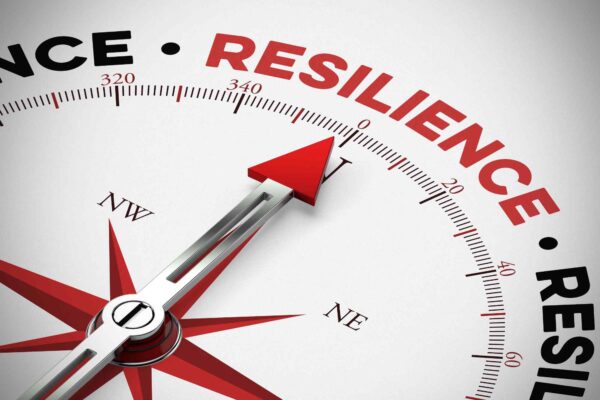
Did you know the autonomic nervous system (ANS) regulates over 90% of our body’s internal functions? A dysregulated nervous system can lead to physical, emotional, and mental symptoms, affecting well-being. Physical symptoms include headaches, muscle tension, and fatigue. Emotional symptoms may include anxiety and depression. The body communicates imbalance, and it’s important not to ignore it.
I invite you to drop in and be curious.
What is underneath the symptom that you need to look at?
Is there an underlying emotion you can identify?
The ANS has two branches: the sympathetic nervous system and the parasympathetic nervous system. The sympathetic nervous system is like the gas pedal, and the parasympathetic nervous system is like the brakes. The sympathetic nervous system ignites us into action, often called the fight-or-flight response system.
The parasympathetic nervous system is the part of the nervous system that invokes rest, digestion, repair, and restoration. These days, most people are driving their vehicle – being the human body – with one foot on the brake and one foot on the gas pedal. We are often easily triggered, impatient, frustrated, snapping at others, or stuck in that mode of judgment and comparison.
What happens when you drive a car that way -with one foot on the gas and one on the break?
It breaks down more rapidly, right?
So, all that to say, we need self-regulation practices that can restore and rebalance our precious nervous systems so that we can thrive in life, operate from a neutral, centering place, build our resilience, and respond to challenges with more grace and ease.
I would love to share this simple, scientifically validated technique from the HeartMath Institute with you.
It is incredible that in just two minutes, we can change our state, and when practiced consistently over time, we get a whole new baseline. All those triggers that were once super-triggering dampen down, and we can think more clearly, respond calmly, and be composed more regularly. There is a reason military members, EMTs, and medical professionals use this technique.
Step 1: Focus your attention on the area of your heart; imagine the breath flowing in and out of the heart or chest area, and breathe a little slower and deeper than you usually do.
Step 2: As you continue with heart-focused breathing, sincerely attempt to connect to the feeling of inner ease, gratitude, or appreciation for someone or something in your life.
That’s it! Use this practice anytime, on the go and even in the midst of chaos.
